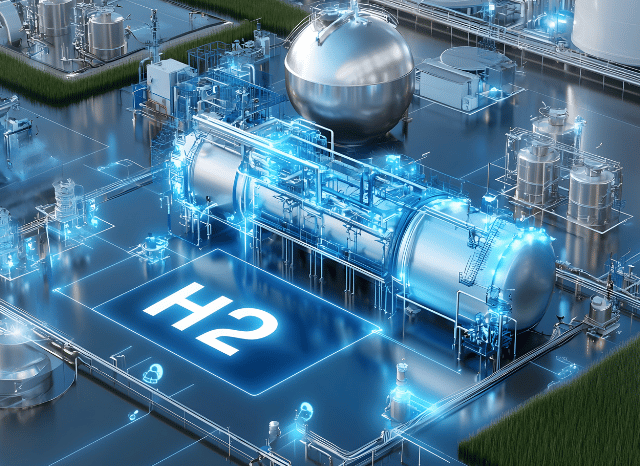From Desert to Port: How Oman's Inexperienced Hydrogen Could Energy Germany’s Potential

Oman, Germany, and also the Netherlands have signed a groundbreaking settlement that can reshape Europe’s Power landscape, ushering in a completely new era of eco-friendly hydrogen imports from the center East.
A Daring go in the worldwide Electrical power changeover is taking shape among Oman and Europe. A historic arrangement signed earlier this yr paves the best way for one of the globe’s 1st significant-scale hydrogen corridors—linking Oman’s huge renewable sources to Germany’s industrial hubs by way of the Netherlands.
The Main of the initiative is inexperienced hydrogen—produced by splitting water as a result of electrolysis run by photo voltaic or wind Electrical power. This manner of hydrogen has attracted worldwide curiosity for its prospective to decarbonise sectors which might be in any other case difficult to electrify, such as heavy transportation, metal creation, and Vitality storage.
Oman, leveraging its sunny local climate and ambitious countrywide method, aims to be a best global exporter of inexperienced hydrogen by 2030. Forecasts suggest the place could create as many as one million tonnes of eco-friendly hydrogen on a yearly basis by the end on the ten years. A important portion of the plan requires liquefying the hydrogen to facilitate overseas transport.
Enter the hydrogen corridor: a planned maritime and logistics route here starting from the port of Duqm in Oman, extending on the ports of Amsterdam and Duisburg. Specialised cryogenic tankers, comparable to those Employed in LNG transportation but tailored for hydrogen’s much reduce temperatures, will carry the fuel. European ports are currently preparing the necessary infrastructure to receive, shop, and distribute the cargo.
This corridor is not just a logistical feat—it’s a strategic 1. For Germany, which can be website planning to lessen dependence on fossil fuels and diversify its Strength mix, the imports could assist meet its concentrate on of bringing in 10 million tonnes of renewable hydrogen by 2030. The corridor also aligns with broader EU sustainability objectives and industrial decarbonisation endeavours.
The job’s significance lies not only more info in its scale, but will also in its replicability. Like LNG right before it, liquid hydrogen could quickly move throughout continents, breaking cost-free from the limitations of fastened pipeline networks. And Oman isn’t alone. Other initiatives—which include Spain’s Basque Hydrogen Corridor plus the Central here European Hydrogen Corridor—may also be setting up the backbone of a future hydrogen economy.
The Basque task concentrates on integrating production, distribution, and industrial use in northern Spain. In the meantime, the Central European route ideas to repurpose current gasoline pipelines to hold hydrogen from Japanese Europe to Germany, further cementing the region’s part from the hydrogen changeover.
If successful, these attempts could mark A significant milestone in decarbonising Europe’s weighty industries and transportation networks—driven with the Solar and wind of distant deserts.